Inside Israel’s CH-53 Squadrons
Amit Agronov October 08, 2020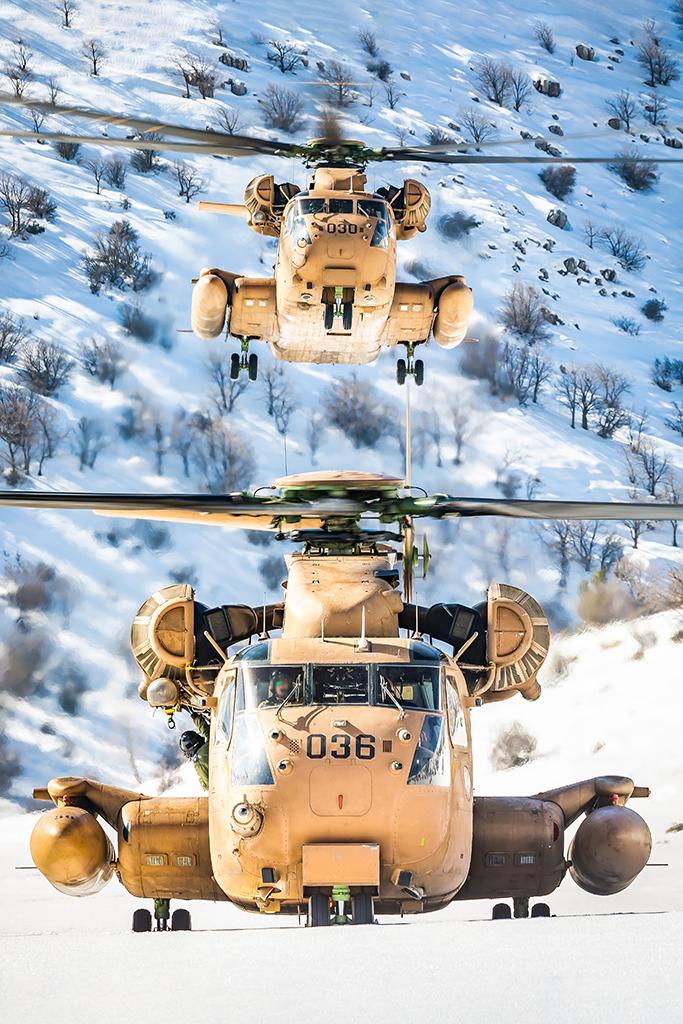
Two CH-53s from the “Night Birds” squadron training at northern Israel’s Mount Hermon, one of the most strategic locations in Israel. Credit: Amit Agronov
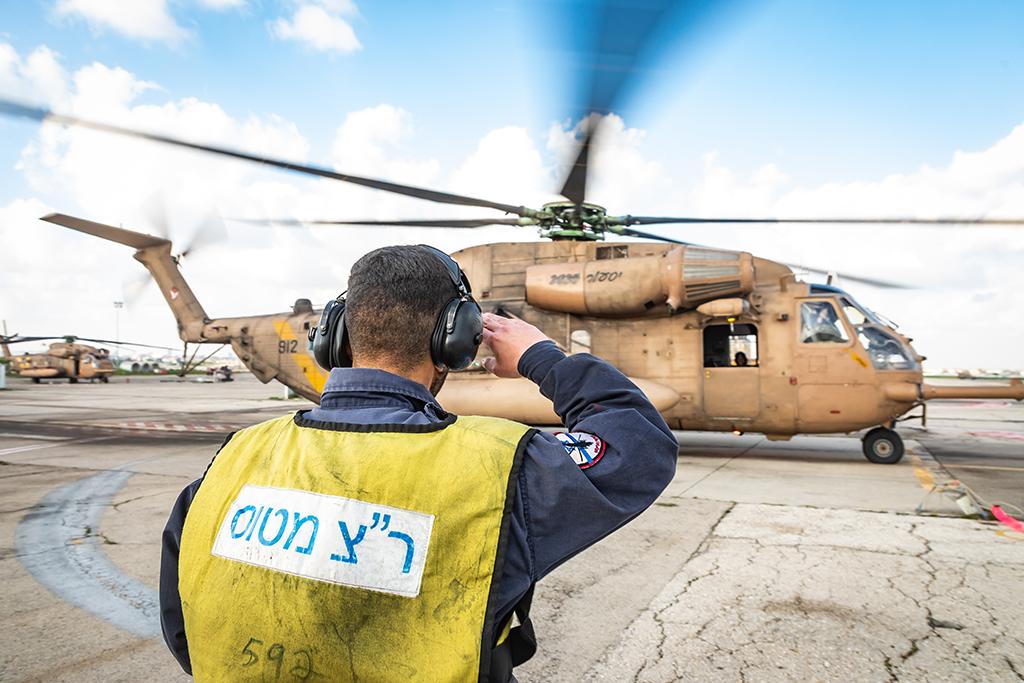
The technician teams from the squadrons that fly the CH-53, nicknamed “Yas’ur” in Hebrew, need to employ creative methods to maintain the helicopter as it ages. Credit: Amit Agronov
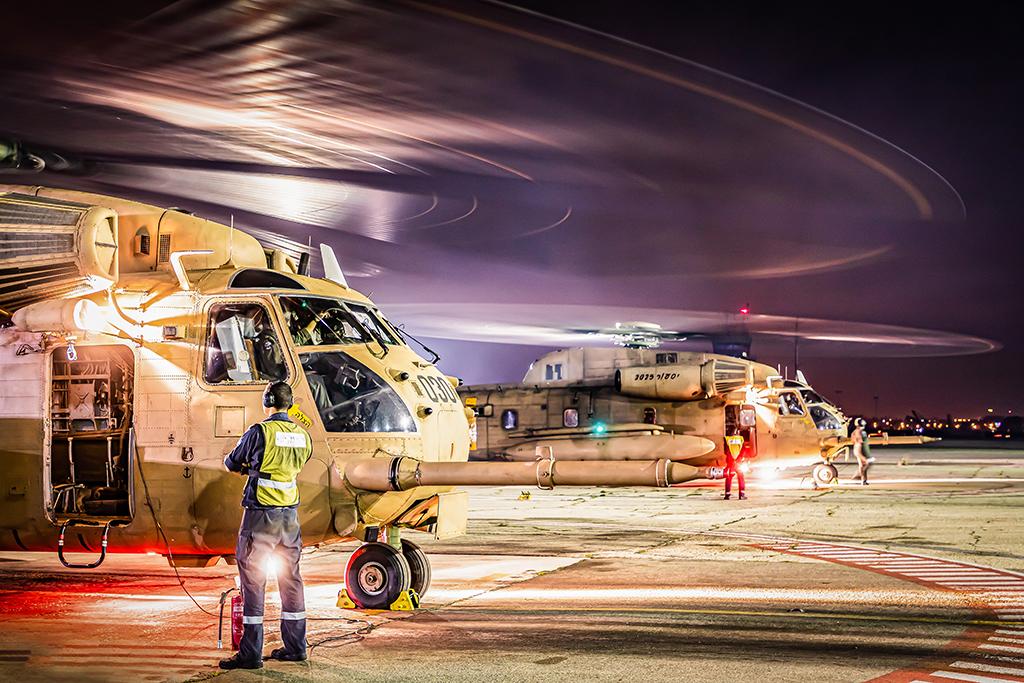
Most of the operational activity of the Yas’ur squadrons takes place at night. Both squadrons have played a major role in all of Israel’s wars, flying special operations deep into enemy territory and rescuing injured soldiers in extreme situations. The squadrons work closely with the Israeli Air Force’s newly established special forces “Wing 7.” Credit: Amit Agronov
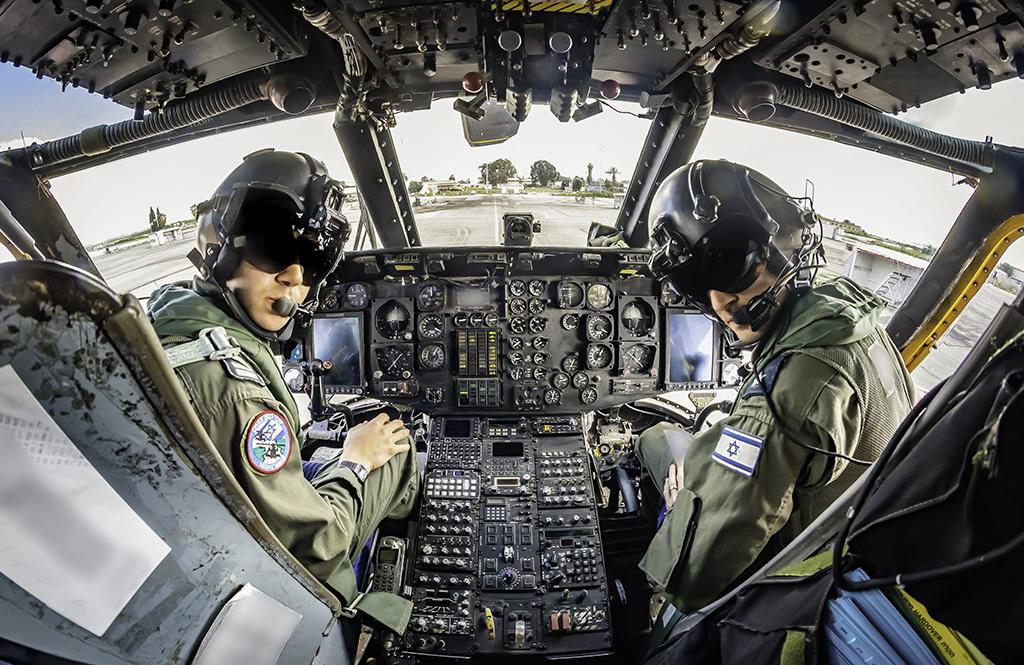
All of the Israeli Air Force’s Yas’ur helicopter pilots have attended the service’s three-year flight course at its Flight Academy and completed a six-month operational training course on Black Hawks. Only a select few of the graduates become CH-53 pilots. Credit: Amit Agronov
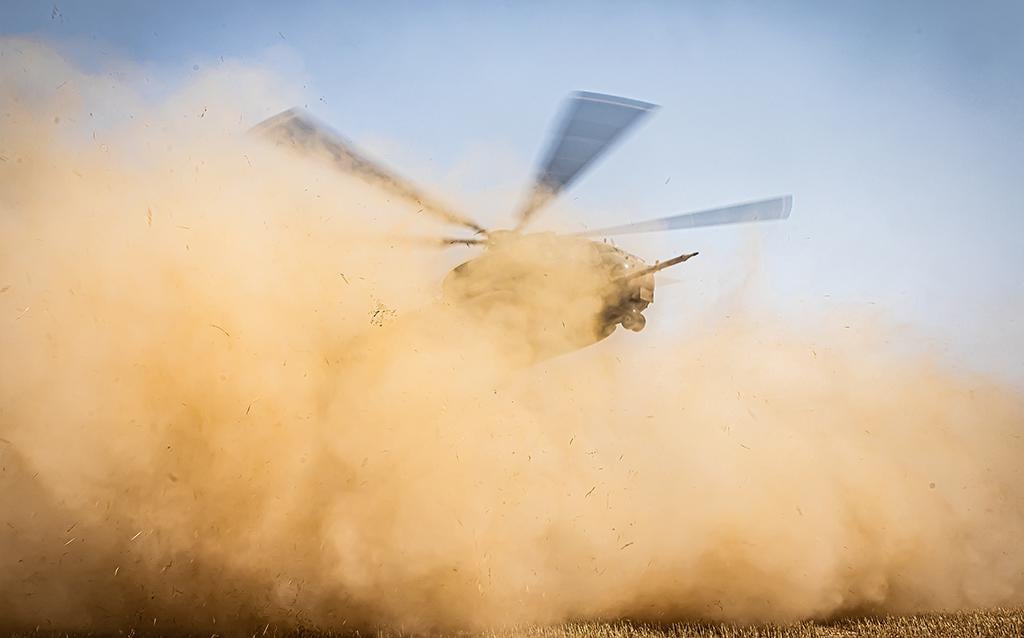
During the summer, special training improves the aircrew’s ability to land in dusty areas. Credit: Amit Agronov
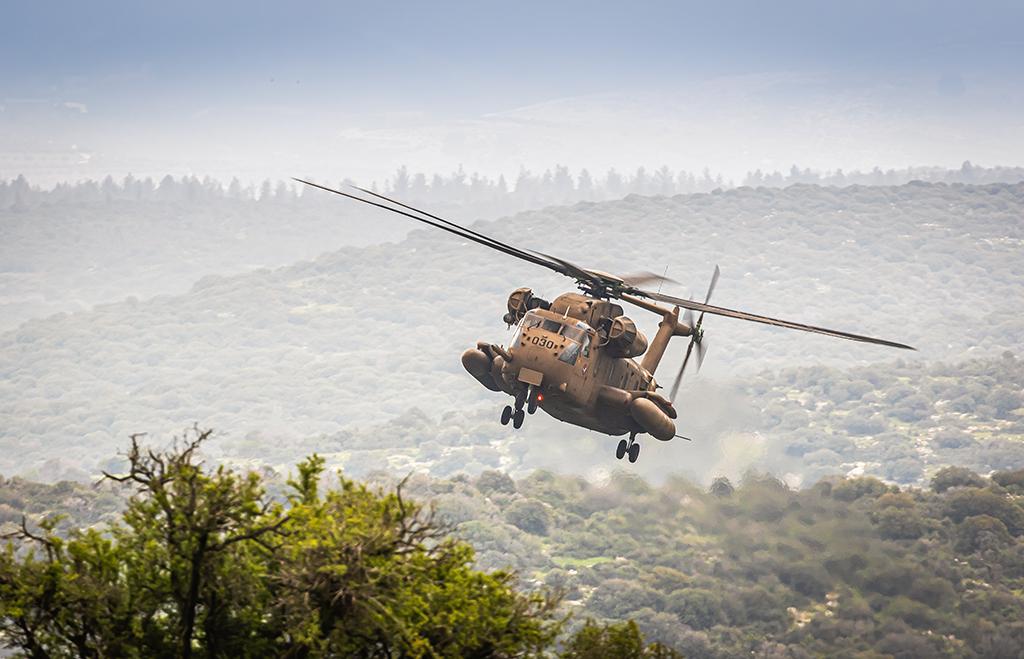
In the winters, the Israeli Air Force conducts low-altitude flight training so that it can penetrate deep into enemy territory without detection by radar systems. Credit: Amit Agronov
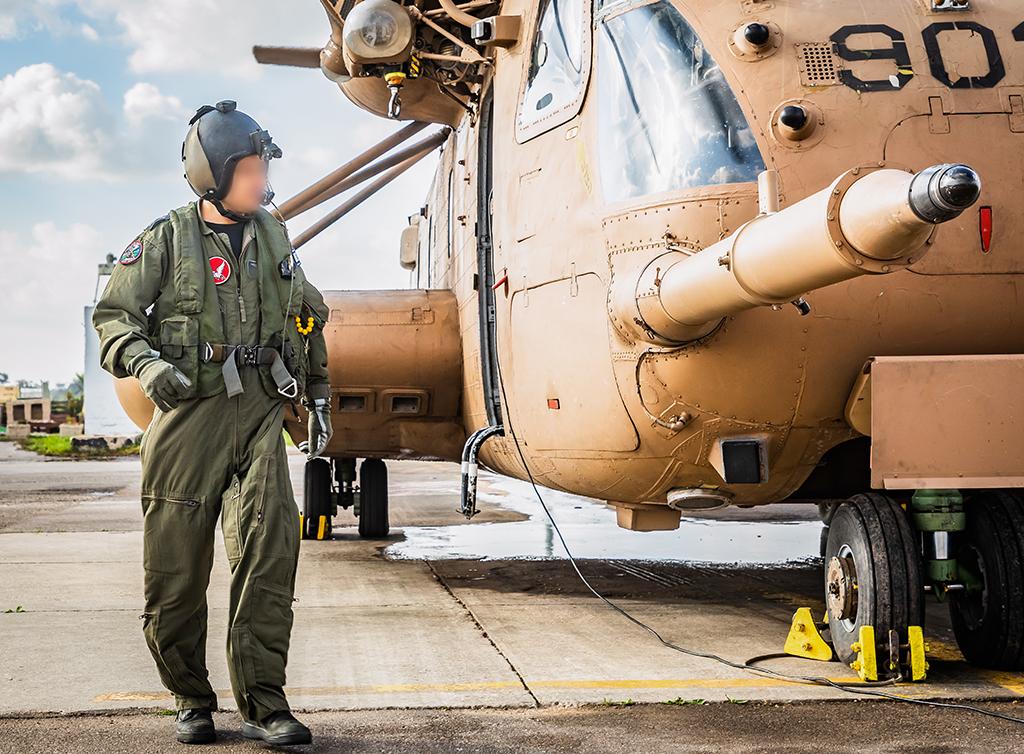
Almost all Yas’ur crew chiefs have spent much of their careers in Sea Stallion squadrons. Young technicians who are good enough can qualify for the crew chiefs course, before returning to lead their home squadron. Many of the course’s graduates go on to become commanders in the technical departments of these squadrons. Credit: Amit Agronov
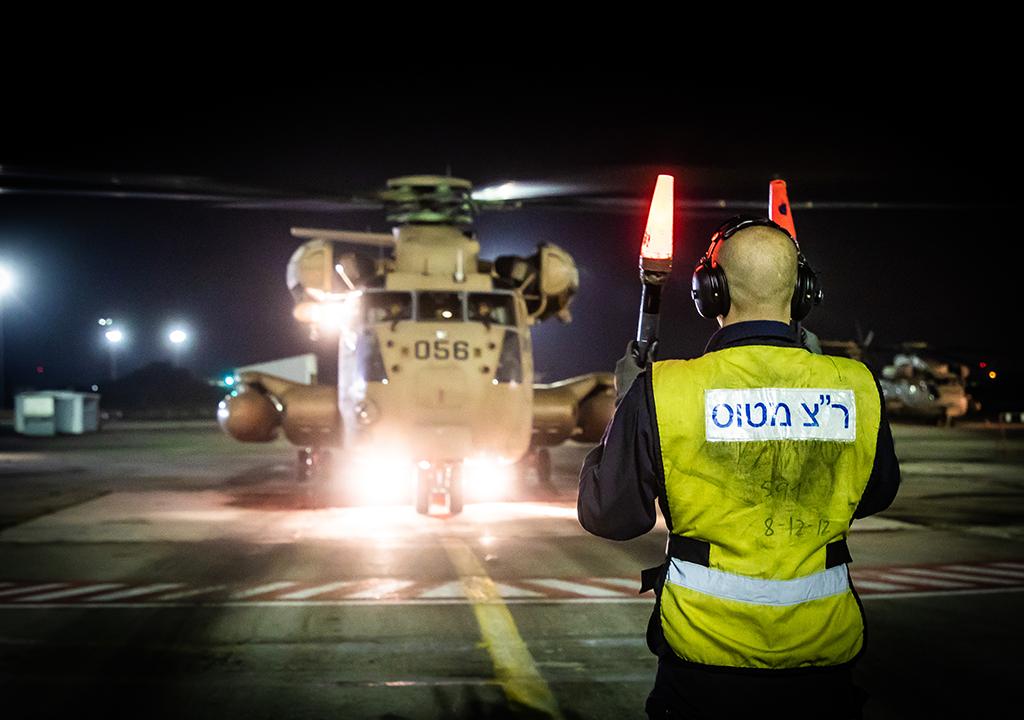
Over the past 50 years, the CH-53 has undergone two major upgrades: “Yas’ur 2000” and “Yas’ur 2025.” These plans included general maintenance and renovation of the helicopter’s components and the introduction of the helicopter into the digital age. Credit: Amit Agronov
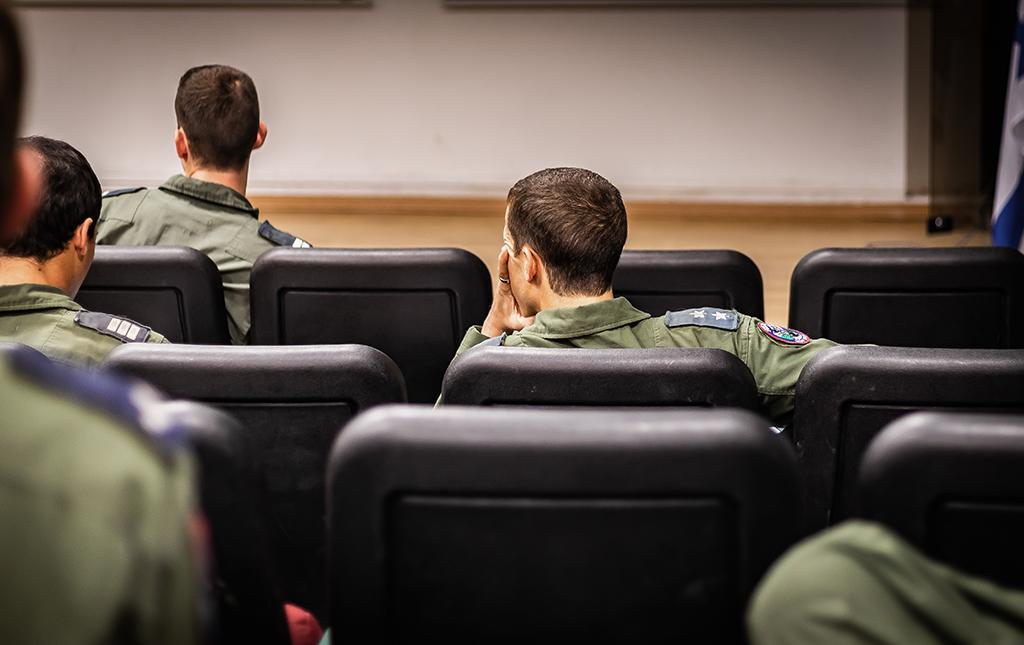
A morning briefing for a day’s missions for the Night Birds squadron. Crew chiefs and pilots work and plan together and are equally involved in all of the squadron’s activities. Credit: Amit Agronov
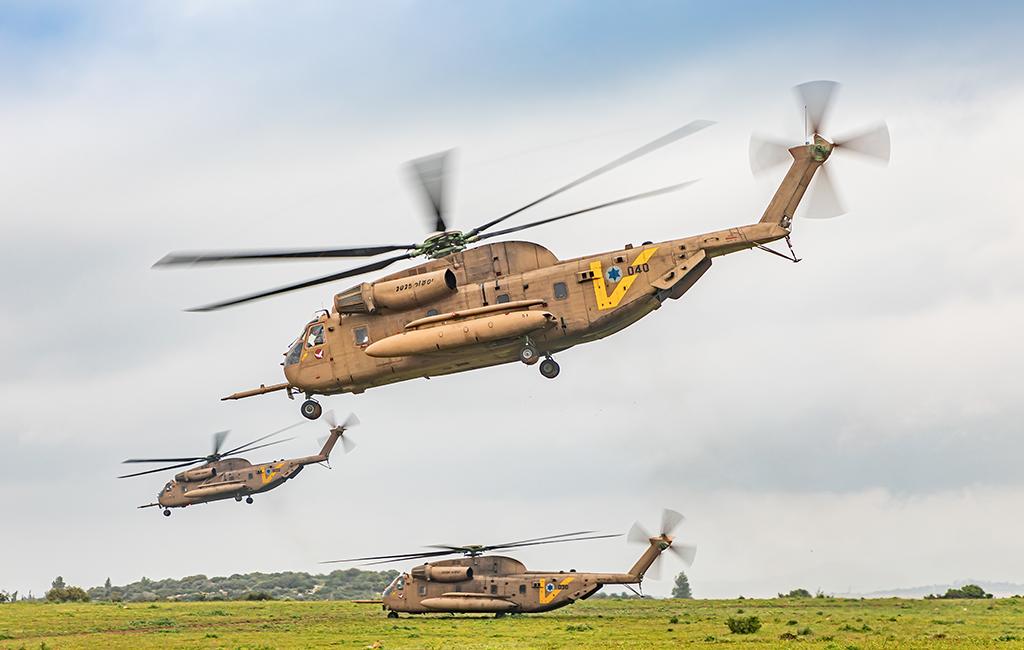
A three-ship mission takes off from muddy ground during a training exercise in the mountains near Jerusalem. Credit: Amit Agronov

Two CH-53s from the “Night Birds” squadron training at northern Israel’s Mount Hermon, one of the most strategic locations in Israel. Credit: Amit Agronov

The technician teams from the squadrons that fly the CH-53, nicknamed “Yas’ur” in Hebrew, need to employ creative methods to maintain the helicopter as it ages. Credit: Amit Agronov

Most of the operational activity of the Yas’ur squadrons takes place at night. Both squadrons have played a major role in all of Israel’s wars, flying special operations deep into enemy territory and rescuing injured soldiers in extreme situations. The squadrons work closely with the Israeli Air Force’s newly established special forces “Wing 7.” Credit: Amit Agronov

All of the Israeli Air Force’s Yas’ur helicopter pilots have attended the service’s three-year flight course at its Flight Academy and completed a six-month operational training course on Black Hawks. Only a select few of the graduates become CH-53 pilots. Credit: Amit Agronov

During the summer, special training improves the aircrew’s ability to land in dusty areas. Credit: Amit Agronov

In the winters, the Israeli Air Force conducts low-altitude flight training so that it can penetrate deep into enemy territory without detection by radar systems. Credit: Amit Agronov

Almost all Yas’ur crew chiefs have spent much of their careers in Sea Stallion squadrons. Young technicians who are good enough can qualify for the crew chiefs course, before returning to lead their home squadron. Many of the course’s graduates go on to become commanders in the technical departments of these squadrons. Credit: Amit Agronov

Over the past 50 years, the CH-53 has undergone two major upgrades: “Yas’ur 2000” and “Yas’ur 2025.” These plans included general maintenance and renovation of the helicopter’s components and the introduction of the helicopter into the digital age. Credit: Amit Agronov

A morning briefing for a day’s missions for the Night Birds squadron. Crew chiefs and pilots work and plan together and are equally involved in all of the squadron’s activities. Credit: Amit Agronov

A three-ship mission takes off from muddy ground during a training exercise in the mountains near Jerusalem. Credit: Amit Agronov
Click to enlarge.
In the coming weeks, the Israeli government is expected to have a final decision in the competition to replace the CH-53 transport helicopter, operated by the Israeli Air Force’s (IAF) 118th “Night Birds” Sqdn. for more than 50 years. The IAF is considering two main replacements—the Lockheed Martin CH-53K and the Boeing CH-47—while also mulling an extra deal for V-22s manufactured by Boeing. IAF pilots and technician teams have flown the two heavy helicopters in the U.S. to inform the decision.
—Images and text by Amit Agronov in Tel Aviv









